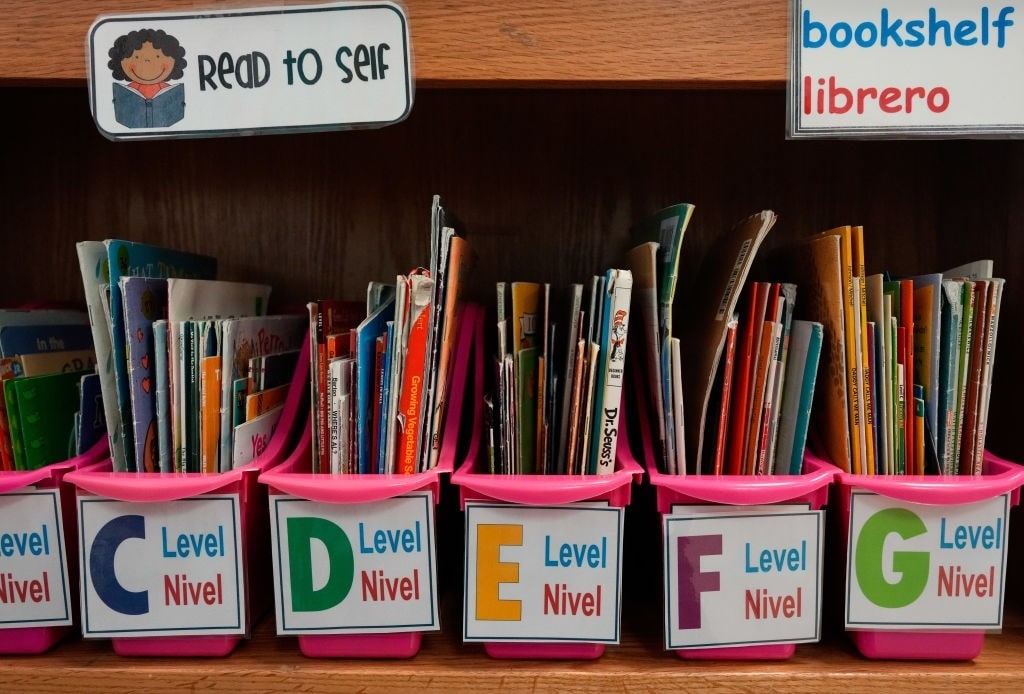Barely a week has passed since Kamala Harris stood on stage in Houston and thanked Randi Weingarten, president of the American Federation of Teachers (AFT), for her “longstanding friendship.” The AFT was the first labor union to endorse Harris, a gesture that many parents interpreted as an ostensible signal on which educational issues she might pursue as president. So, it wouldn’t be a stretch to predict how a Harris administration might serve the teachers’ unions when it comes to traditional public schools and anything that could disrupt their funding, such as school choice and vouchers.
Does Harris Have a Position on School Choice?
While the VP stood behind the podium at the AFT convention in Texas, she didn’t mention the educational issues that concern many parents today or the long-term effects of pandemic-related school closures, which Weingarten and her pals pushed to extend. As The New York Times reported, Harris “did not address whether families should have greater access to charter schools, private-school vouchers or public funds for home-schooling — all options that the unions argue reduce funds for traditional public schools.”
That might be the biggest argument for those against school choice: If kids and parents have more options, fewer students will attend traditional public schools, which will supposedly diminish their funding. But, as author and social philosopher Thomas Sowell mentioned in his book Charter Schools and Their Enemies:
“What is the money for, if not to educate children? Why are traditional public schools less able to educate a smaller number of students with a correspondingly smaller amount of money? If 20 percent of the children in a traditional public school district leave to go to charter schools, and 20 percent of the money is transferred with them, the amount of money per pupil has not gone down in the school district they left.”
Contradictions
Back in January, ahead of National School Choice Week, Truth in Education Funding (TEF), an organization backed by the largest teachers’ union in the nation, described charter schools as “deeply rooted in segregation, racism and discrimination.” Senator Tim Scott (R-SC) lambasted TEF for its remarks, saying: “It’s absolutely offensive that the very organizations holding back poor and low-income kids are now deflecting blame on the schools that provide them the opportunity to live out their American dream.” His statement, posted on his website, warned: “In fact, it’s teachers’ unions and big labor bosses that shut countless minority students out of their schools. Now, they’re weaponizing race to lock them out of a brighter future and forward their anti-school choice agenda.”
Look at the evidence. NYC’s charter schools are a great example. According to the New York City Charter School Center, 146,200 students are spread across 274 charter schools throughout the five boroughs. In the 2022–23 school year, “82% of students are economically disadvantaged,” “8.2% live in temporary housing,” and “19% have IEPs [Individualized Education Program, for students with identified disabilities].” And 46% of those students are black/African American, while 43% are Latino.
For that school year, the students in the NYC charters scored nearly 13% better in math than in district schools and 8% higher in English Language Arts (ELA). Black students’ proficiency in math was almost 30% higher in charters, while ELA scores were 18% higher. The scores for Latinos were nearly identical to those of blacks and, again, higher at charters.
These are the very people Harris and the teachers’ unions claim they want to help. Yet the VP’s labor chums wish to shut down Republicans’ attempts to expand vouchers and the availability of school choice.
Beneath Exteriors
Other than supporting students’ LGBT rights, removing so-called book bans, canceling student loan debt, and desiring more “contributions of specific racial or ethnic groups to U.S. history or related topics,” according to US & World Report News, Harris doesn’t appear to have a solid stance on education and certainly not one intended to improve children’s knowledge in a way that might enhance their chances of graduating high school.
But if history repeats itself, the VP may flip-flop. For instance, “As the San Francisco district attorney,” Education Week stated, “she threatened parents with court action if their children missed too much school. Later, as California’s attorney general, Harris pushed for a 2011 state law that allowed district attorneys to charge parents with a misdemeanor if their child missed 10 percent of the school year.” Of course, she has since regretted these remarks, claiming “she wouldn’t support such a law on the federal level.” And now, during her sudden run for the White House, as Liberty Nation News’ Tim Donner explained, her campaign’s initial act “has been to feed the nation the assertion that she no longer supports the most extreme policies she championed in the last election cycle. The woman ranked as the single most liberal senator in the whole country in 2019 is now being presented as a sensible moderate.”
Should anybody believe Harris? It’s a tough notion to fathom, her being moderate, especially with her ties to Weingarten, whom former Secretary of State Mike Pompeo once called “the most dangerous person in the world,” according to The New York Times. Pompeo’s comment might be extreme, but it should be a warning, especially since the AFT’s president and Harris seem to have the same skewed perceptions about why schools exist. They might be surprised to discover schools are “for the education of children,” as Sowell wrote, “not to provide iron-clad jobs for teachers, billions of dollars in union dues for teachers unions, monopolies for educational bureaucracies, a guaranteed market for teachers college degrees or a captive audience for indoctrinations.”
In other words, children’s education should be the primary goal, not the interests of bureaucrats and union bosses. Isn’t it bad enough that a government legally forcing kids to attend school denies them their liberty? The least the adults could do is allow students to decide where they get their education.









